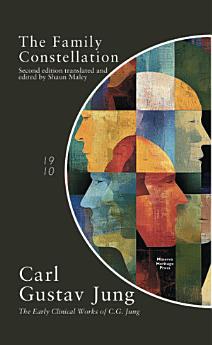Bu e-kitob haqida
The article explores the psychological implications of these findings, particularly how family environment and relationships shape individual responses and behavior. It touches on the impact of parental relationships on children's future mate choices and the transmission of emotional states within a family. The study highlights the powerful influence of family dynamics on individual psychological development, emphasizing the role of parenting and family environment in shaping personality and emotional responses. This research contributes to the understanding of the psychological impact of family constellations and the importance of considering these dynamics in therapeutic settings. Jung argued that family dynamics often establish unconscious patterns that persist throughout life, influencing both personal development and relationship conflict. He proposed that unresolved tensions within the family system, particularly between parents and children, could manifest in neuroses as individuals struggle between the internalized expectations of their upbringing and their own emerging individuality.
In addition to the modern and easy-to-read translation, this updated edition includes an illuminating Afterword by the Translator, offering critical reflections on the context, philosophical underpinnings, and enduring significance of Jungs ideas. The Afterword not only provides clarity for contemporary readers of this work specifically but also situates the work within the broader arc of Jungs philosophy, explaining this early clinical work in context. Accompanied by a timeline of Jungs life and works and other complementary material, this edition contextualizes the theories within his personal, cultural, and historical milieu, offering an indispensable guide for both newcomers and seasoned scholars of Jungian psychology. This new translation aims to make these early scientific works by Jung (which were designed to be read by academics) to be easily read by today's modern reader, with the academic references removed and the language clear and simple.











